
- Joe Jonas

Find out if you are a candidate.

What is EVO ICL lens?
The Implantable Collamer Lens (ICL) for nearsightedness and astigmatism is a refractive lens also known as a phakic IOL. “Phakic” meaning that the natural lens of the eye is in place, and “IOL” meaning intraocular lens, or a lens inside the eye. The EVO ICL is a posterior chamber implant that is introduced through a small incision in the eye and is placed behind the iris (the colored part of the eye), and in front of the natural crystalline lens in order to improve your nearsightedness and astigmatism.
EVO ICL Procedure
-What to Expect
EVO ICL is made of biocompatible Collamer material that works in harmony with your eye. Your eye doctor will create a small opening in your cornea that will be used to insert and position the EVO ICL. For most patients, the procedure is virtually painless with numbing drops and it typically takes less than 20 – 30 minutes. Patients typically experience improved vision right away and a quick recovery time.
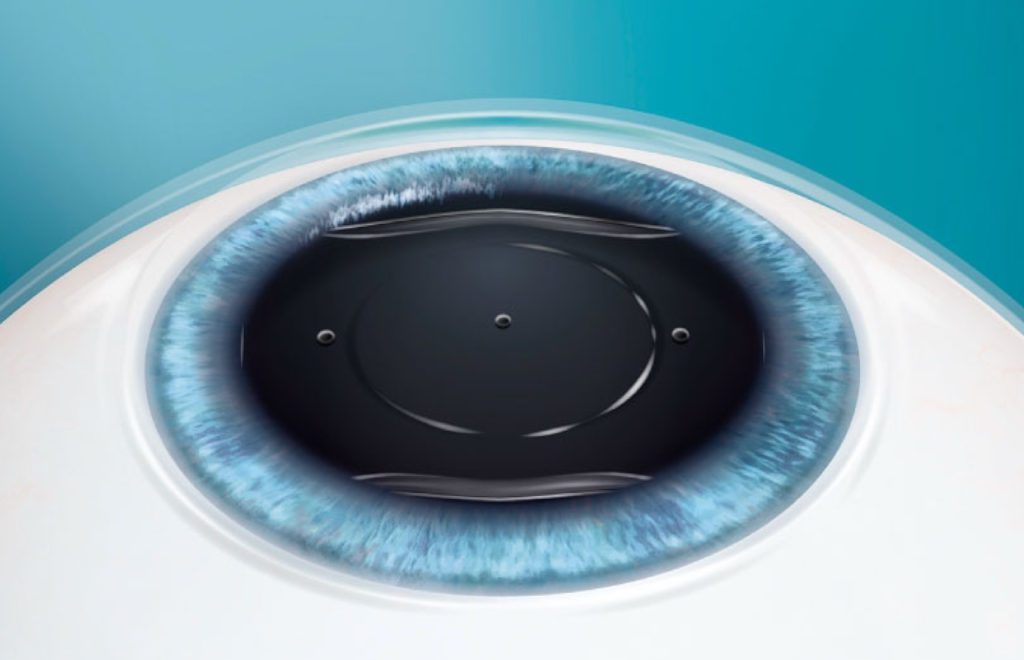
Benefits of EVO ICL
- Provides clear, sharp vision 1,2
- 20 to 30 minute procedure
- Quick recovery time
- Removable by your doctor
- Offers UV protection
- Not visible once in place
- Can treat nearsightedness with or without astigmatism
- Great option for patients with thin corneas
- Does not cause dry eye syndrome 5
- Excellent vision both day and night 6,7
- Over 2 million ICLs distributed world-wide
- 99.4% of patients surveyed would have the
EVO lens procedure again 8


Cost and Financing for EVO ICL
The cost of a EVO ICL procedure can vary depending on your personalized treatment plan. Many EVO ICL patients look forward to spending less in the long run with the EVO ICL compared to the continued costs of contacts and glasses. Ask about financing options and payment plans that may be available for your EVO ICL procedure.
Know Your Options
The decision to have vision correction surgery is an important one. This document briefly compares the three most common corrective eye procedures: EVO ICL, LASIK, and PRK. We look forward to discussing your options with you.
Refractive Surgery Options
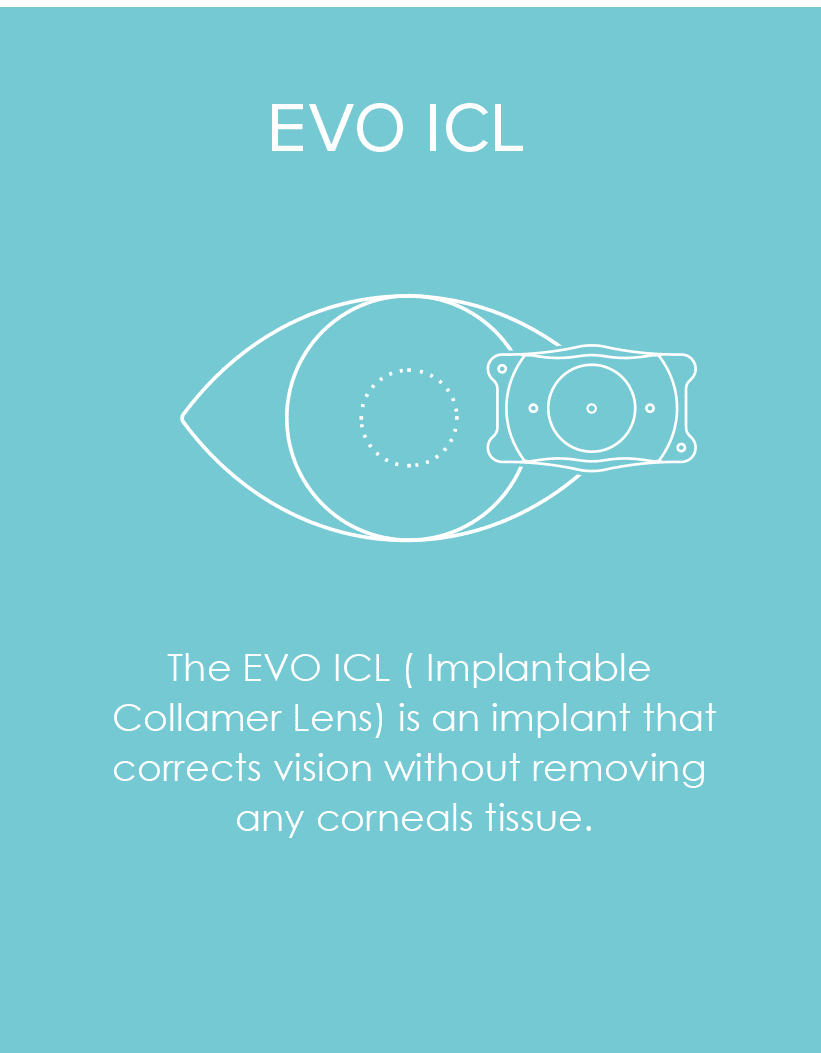
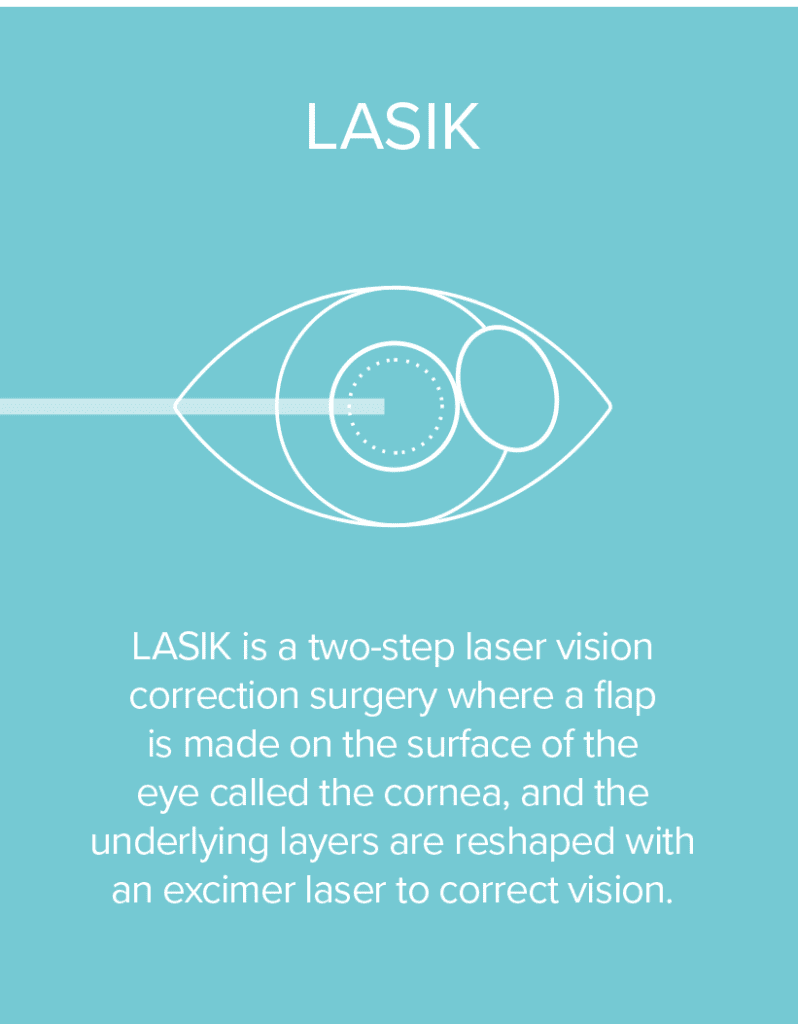
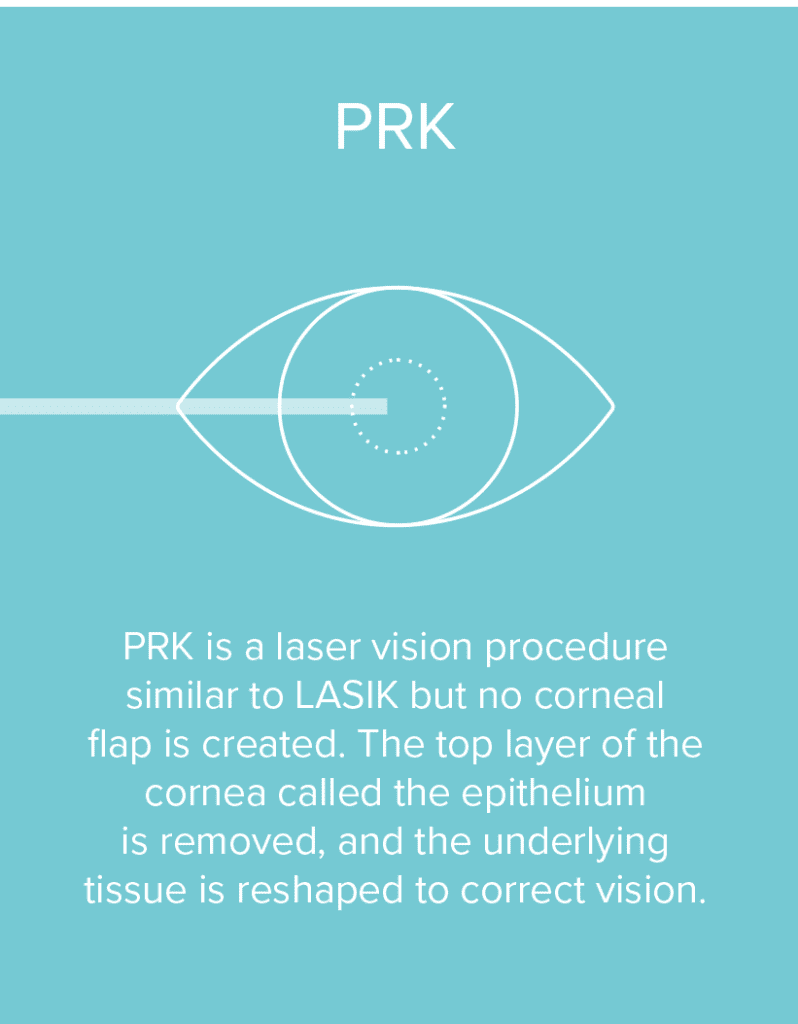
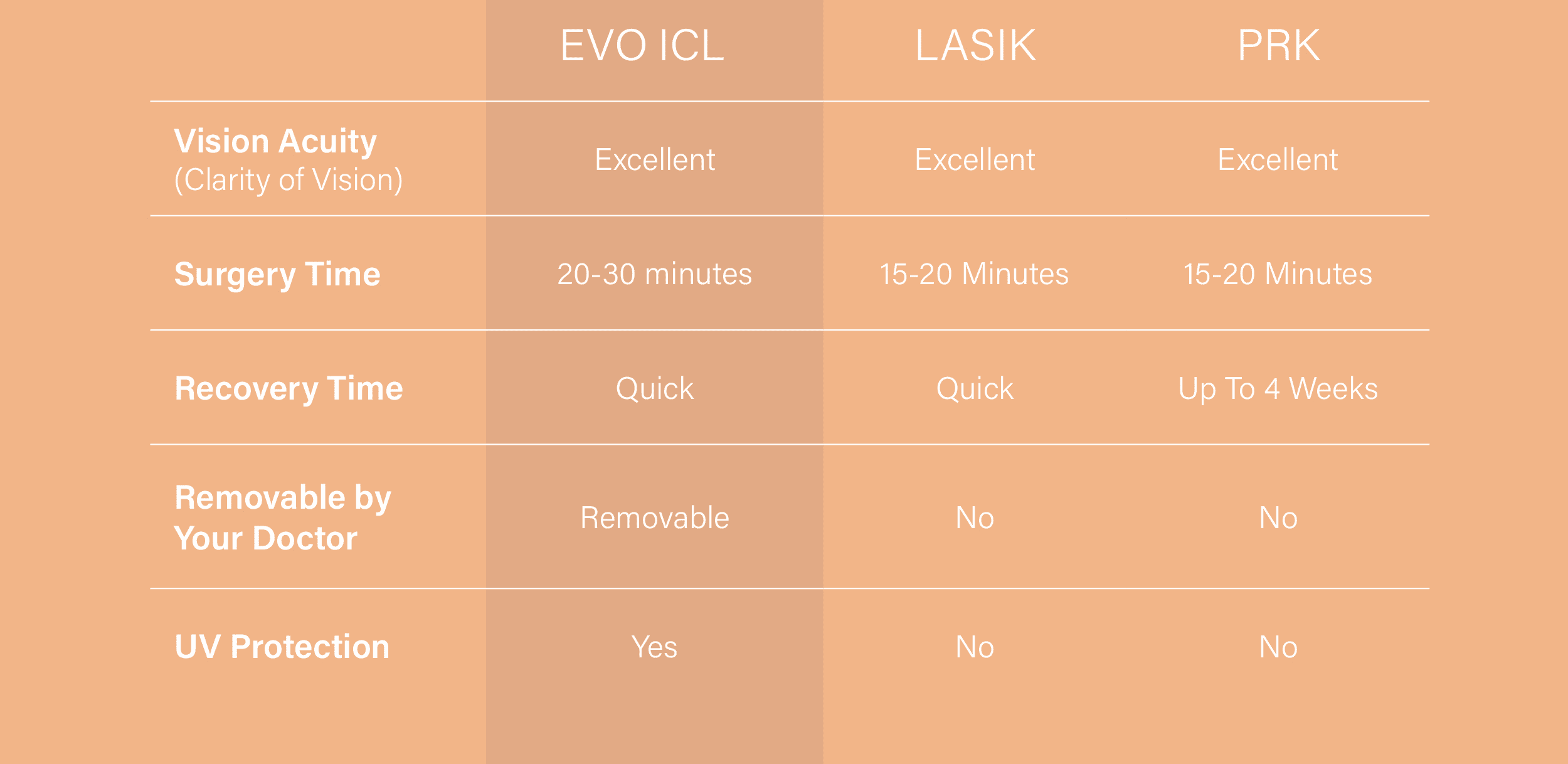
FOR QUESTIONS AND INQUIRIES
Call Us at 803-289-4207
or schedule a Free Phone Consultation
Determining Candidacy
This chart breaks down the general candidacy guidelines for each procedure. During your initial consultation, your eye care professional will discus your measurements and help you make the right choice depending on your unique vision.
Which Option is Right for Me?
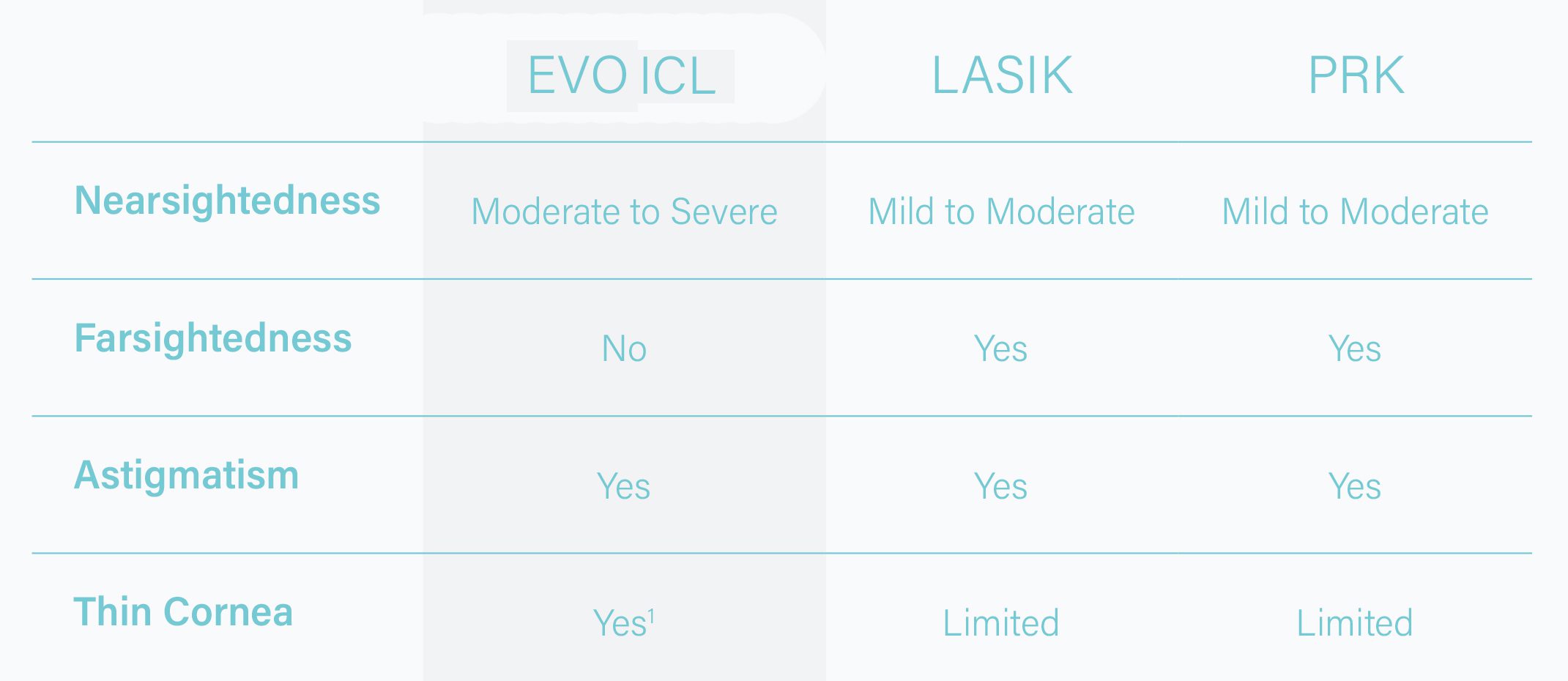




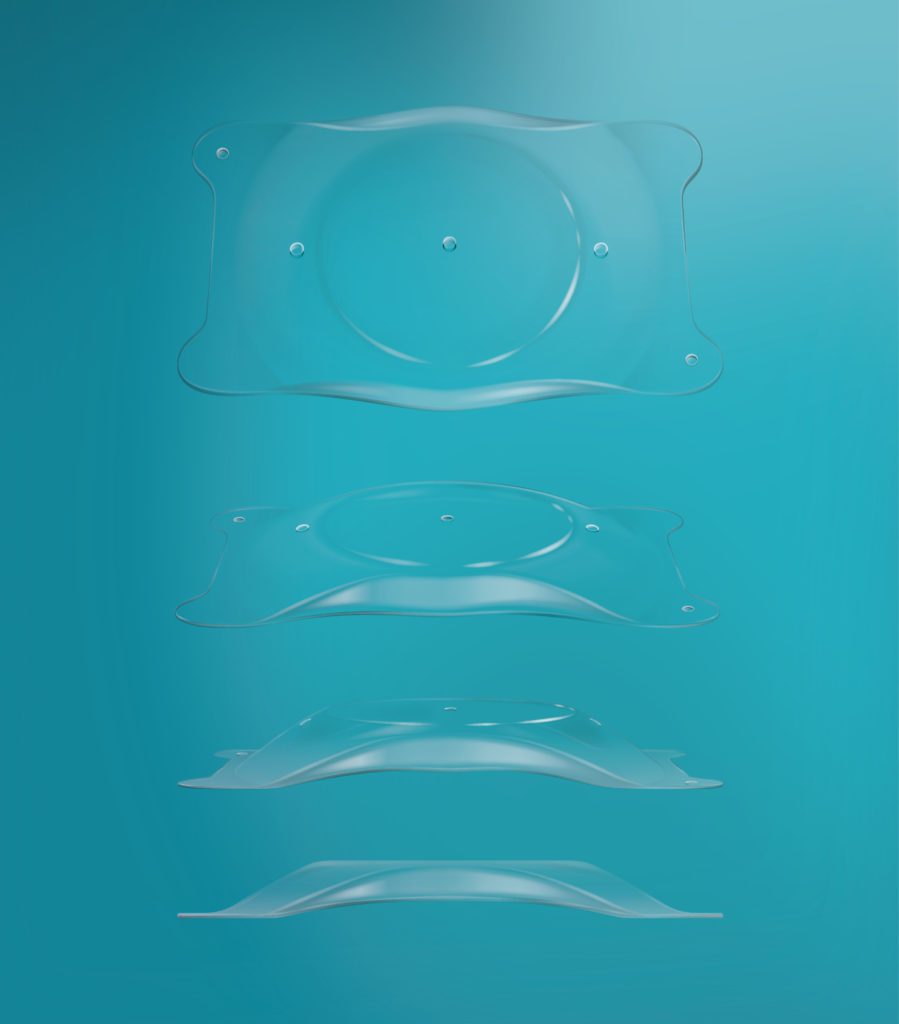
FOR QUESTIONS AND INQUIRIES
Call Us at
803-289-4207
or fill up the form to Schedule a Free Phone Consultation
Important Safety Information for EVO ICL
The EVO ICL lens is intended to correct/reduce nearsightedness between -3.0 D up to -20.0 D and treat astigmatism from 1.0 D to 4.0 D. If you have nearsightedness within these ranges, EVO ICL surgery may improve
your distance vision without eyeglasses or contact lenses. Because the EVO ICL corrects for distance vision, it does not eliminate the need for reading glasses, you may require them at some point, even if you have never worn them before. Since implantation of the EVO ICL is a surgical procedure, before considering EVO ICL surgery you should have a complete eye examination and talk with your eye care professional about EVO ICL surgery, especially the potential benefits, risks, and complications. You should discuss the time needed for healing after surgery. Complications, although rare, may include need for additional surgical procedures, inflammation, loss of cells from the back surface of the cornea, increase in eye pressure, and cataracts.
You should NOT have EVO ICL surgery if your doctor determines that
1) the shape of your eye is not appropriate,
2) you do not meet the minimum endothelial cell density for your age at the time of implantation,
3) you have moderate to severe glaucoma,
4) your vision is not stable; or
5) if you are pregnant or nursing.
For additional information with potential benefits, risks and complications please visit DiscoverICL.com
